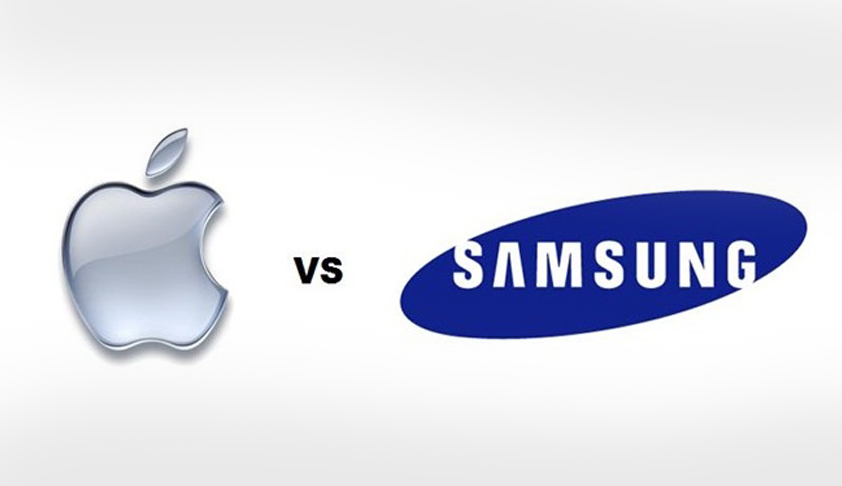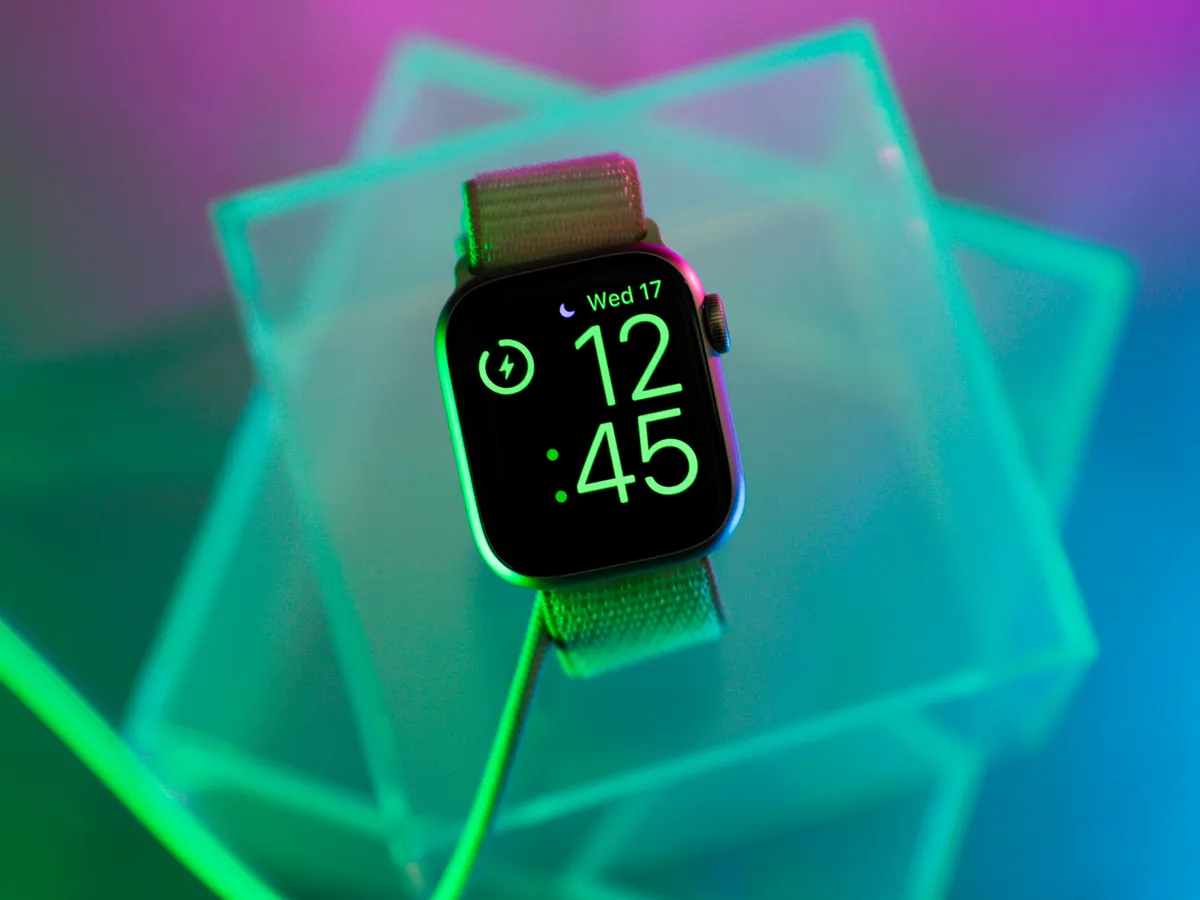Remember when iOS updates used to bring huge changes? Think back to iOS 7. Those times seem to be fading away, and a recent app fiasco explains why.
The Sonos App Mess as a Warning
Sonos, if you’ve missed it, has been having a rough time. They changed their CEO after a disastrous app redesign in 2024. This new version of the Sonos app, launched in April, led to a year-long stream of customer complaints and negative publicity.
This situation with the Sonos app is a clear lesson for why Apple might steer clear of massive iOS overhauls. If this had happened when Sonos had fewer, more tech-savvy users, perhaps the impact wouldn’t have been so severe. They could have fixed issues quickly, or users would have just adapted.
The Risk of Overhauling iOS
In the iPhone’s early days, Apple could manage big changes because fewer people used their devices. Now, with millions of users of all tech levels relying on iPhones, major changes are risky. Even if many like the new look, the sheer number of users means there’s bound to be significant opposition.
Apple knows that iOS can’t stay the same forever, though. Instead of a whole system redesign, they’ve chosen to update parts of iOS one at a time. For instance, the Photos app in iOS 18 stirred up some trouble, but it was only one app, so the blowback was contained. Redesigning all of iOS at once would be a much bigger gamble.
User Feedback and Iterative Updates
A top comment on an article about this issue pointed out that comparing the Sonos app rebuild to an iOS redesign isn’t quite fair. Redesigning something like iOS 7 is just giving it a new look, not rebuilding it from the ground up like Sonos did. Apple’s approach would be more like painting over the existing structure, not rebuilding the house.
For many iPhone users, the idea of another major redesign might sound daunting rather than exciting. The lesson from Sonos is clear: for companies with a huge user base, big changes can lead to big problems. Maybe we should all get used to seeing iOS evolve through smaller, less disruptive updates.







